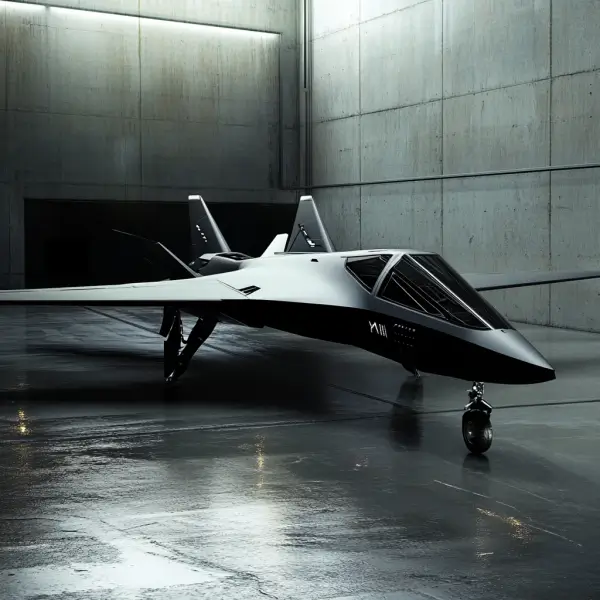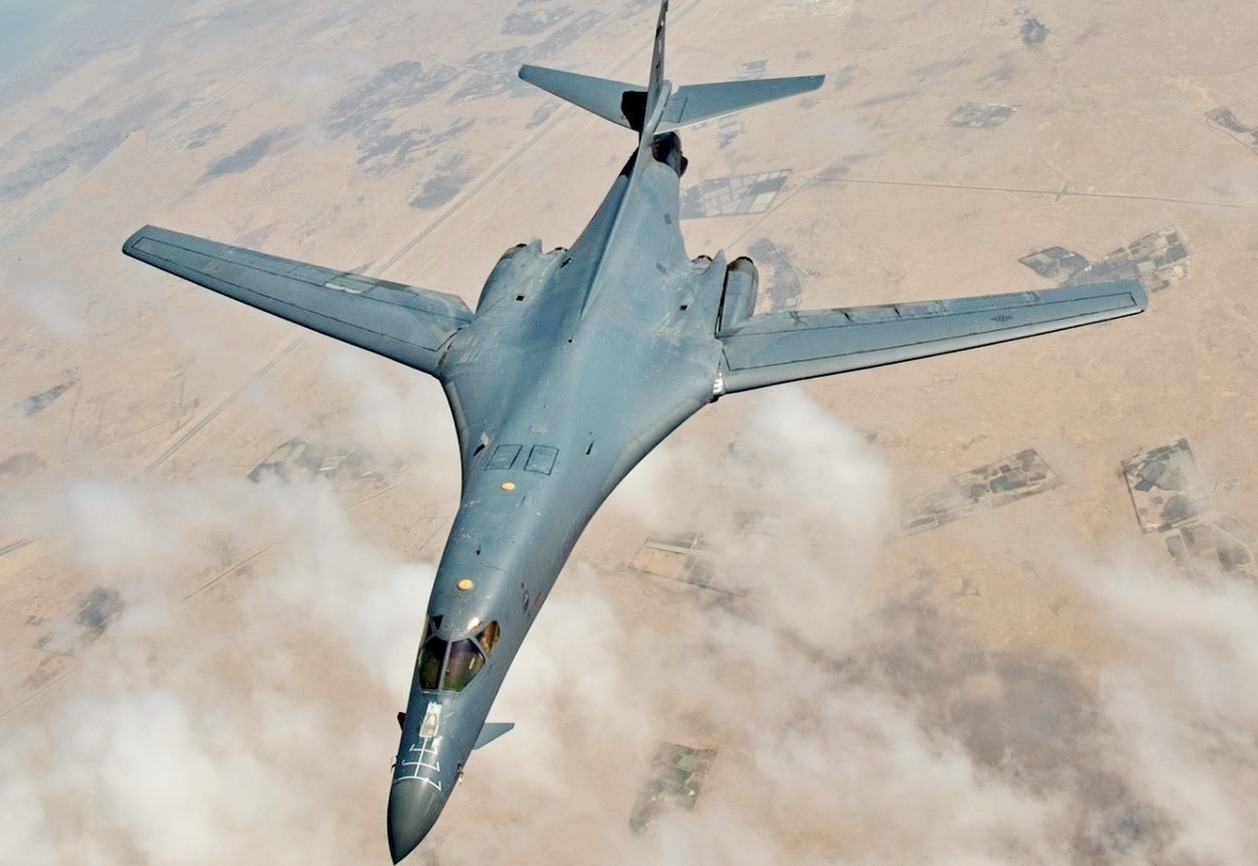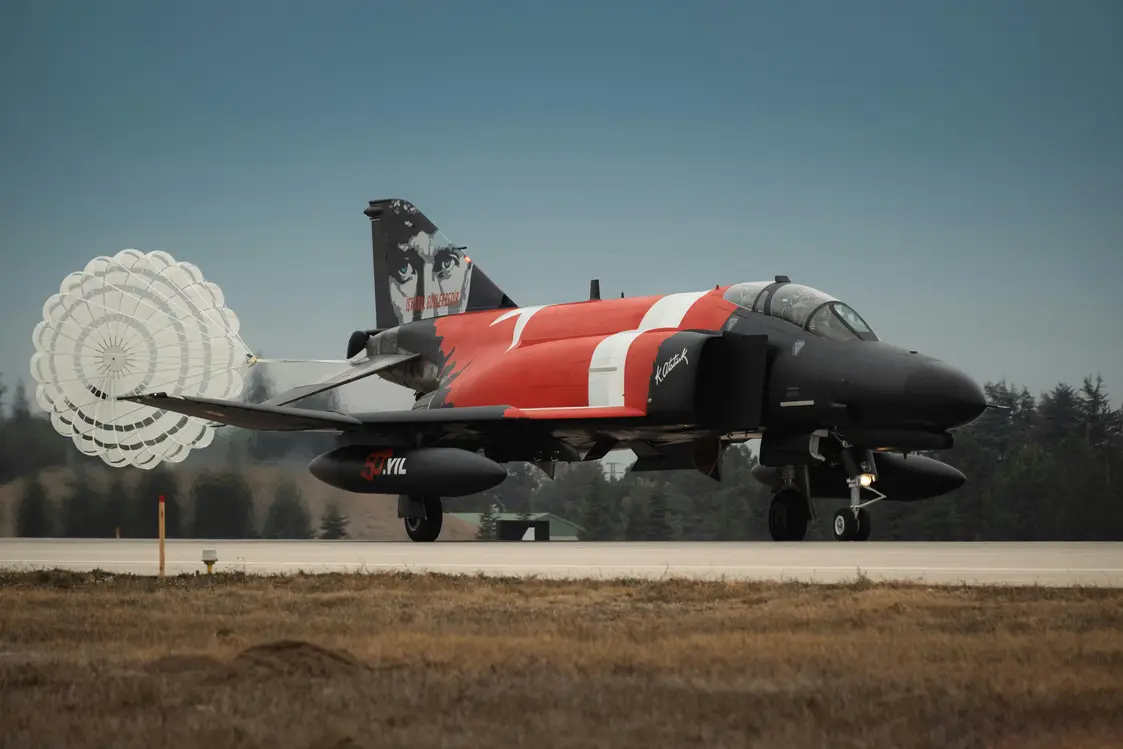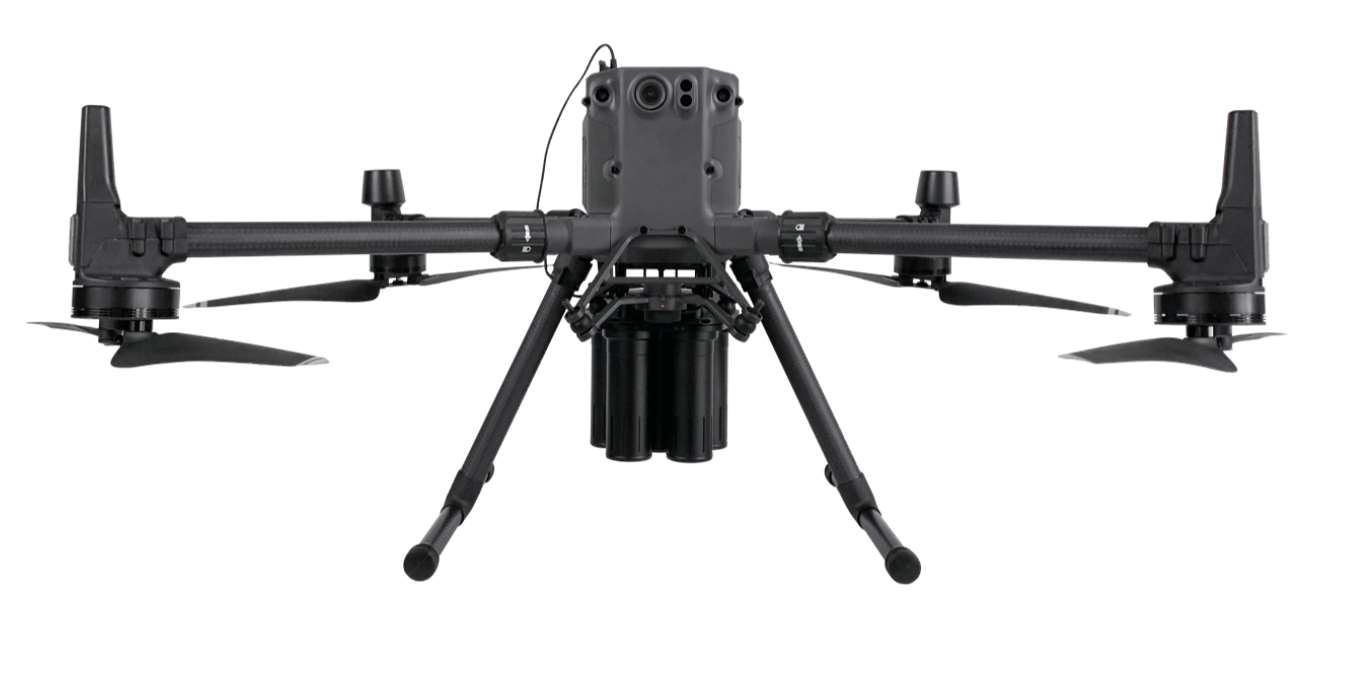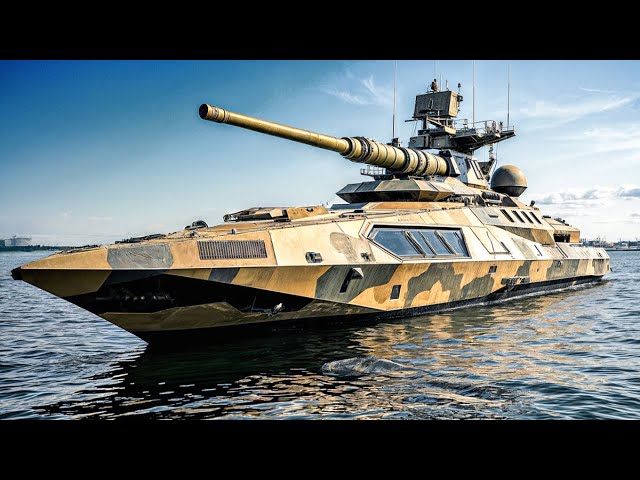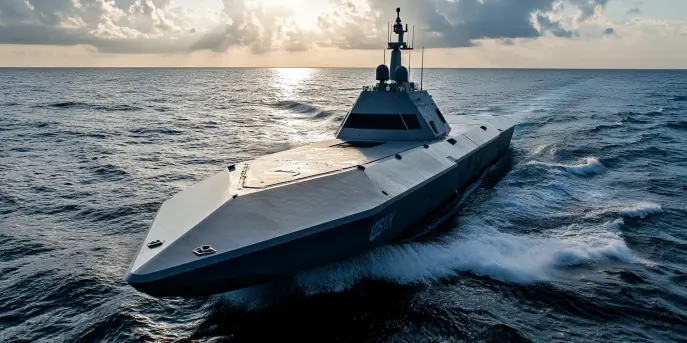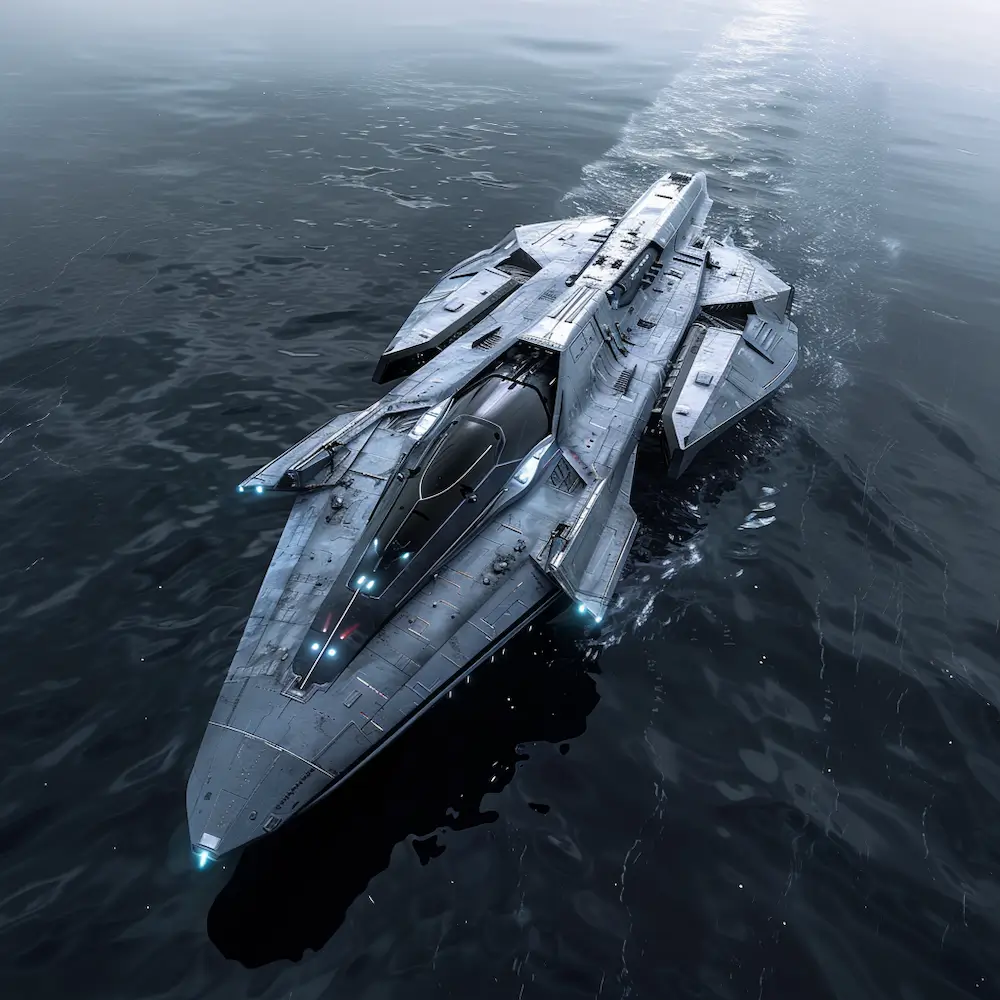Revolutionizing Aerial Reconnaissance and Combat
In the continuously evolving landscape of military aviation, the development of future attack reconnaissance aircraft represents a significant leap forward. With cutting-edge technology and advanced capabilities, these aircraft are set to transform the dynamics of reconnaissance and combat missions on the modern battlefield.
The Demand for Advanced Capabilities
The need for more sophisticated reconnaissance aircraft is driven by the evolving challenges faced by military forces worldwide. Modern warfare demands quick and accurate intelligence, which only the latest technology in aerial reconnaissance can provide. Aircraft developed under the Future Vertical Lift (FVL) program, such as the Future Attack Reconnaissance Aircraft (FARA), are designed to meet these complex requirements.
Key Features and Innovations
Future attack reconnaissance aircraft bring a multitude of enhancements over their predecessors. Here are some of the noteworthy features:
- Increased Stealth Capability: Utilizing advanced materials and design techniques to minimize radar cross-section.
- Advanced Sensors: Equipped with state-of-the-art sensors capable of providing real-time data.
- Enhanced Speed and Agility: Improved aerodynamics and powerful engines that allow for rapid maneuvering.
- Reduced Acoustic Signature: Technologies designed to significantly reduce the noise generated by the aircraft, allowing for covert operations.
- Interoperability: Seamless integration with other military platforms for coordinated efforts.
Specifications
| Specification | Detail |
|---|---|
| Maximum Speed | ~220 knots |
| Endurance | 2.5+ hours |
| Payload Capacity | ~1,400 pounds |
| Crew | Two |
| Range | ~800 nautical miles |
These specifications are largely representative of the types of performances expected to be delivered by aircraft such as the Bell 360 Invictus or the Sikorsky Raider X. As these systems continue to develop, enhancements in these capabilities are anticipated.
Strategic Implications
The introduction of advanced attack reconnaissance aircraft provides a strategic advantage, enabling military forces to conduct operations that were previously not possible. With enhanced agility, speed, and stealth, these aircraft can traverse hostile environments, delivering vital intelligence and executing strikes with unprecedented precision.
Investment and Development
Investment in the development of these aircraft underscores their perceived importance. Both governmental and private sector entities recognize the military and tactical edge that such platforms provide, thus prioritizing funding and research efforts. The ongoing competition and collaboration between aviation giants like Boeing and Lockheed Martin exemplify the intense focus on achieving breakthroughs in this field.
Environmental and Ethical Concerns
While the technological advancements in these aircraft are profound, there are also accompanying environmental and ethical concerns. The impact on local ecosystems, the ethics of autonomous systems, and the sustainability of materials used in production are areas requiring consideration and regulation.
The Path Ahead
As we look to the future, the role of attack reconnaissance aircraft will likely expand, integrating more AI-driven features, increasing autonomy, and further enhancing data-processing capabilities. As this technology continues to evolve, it will undoubtedly redefine strategic military operations, offering new ways to achieve tactical superiority.
